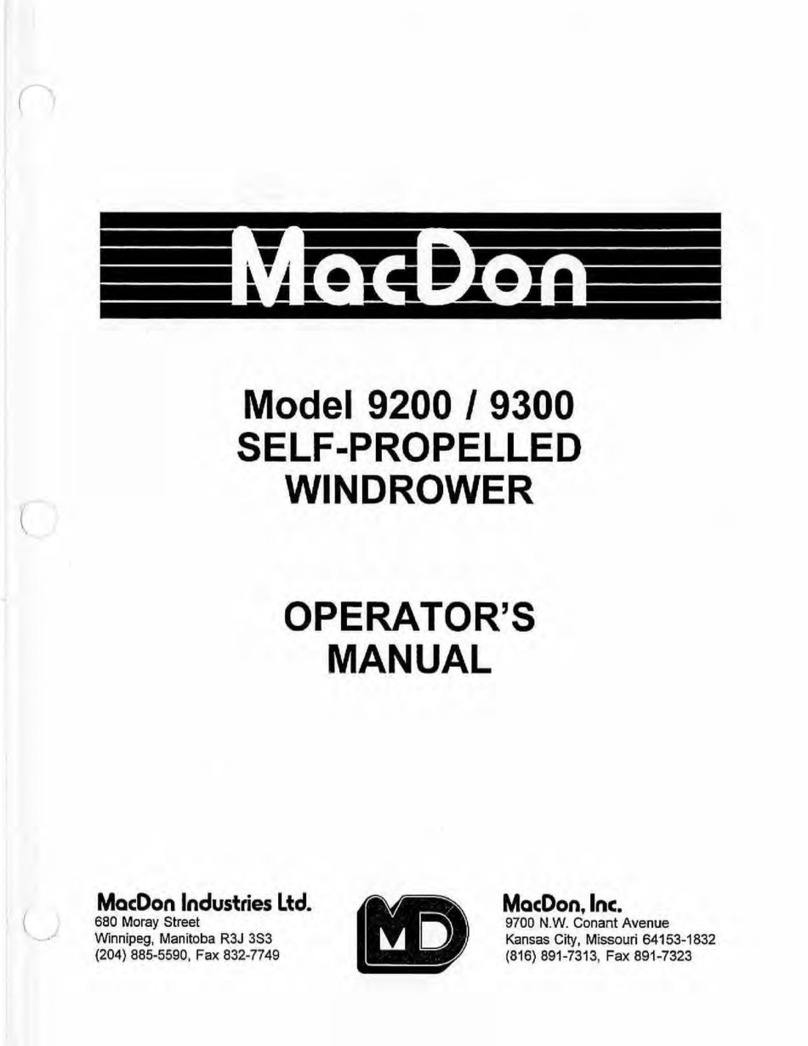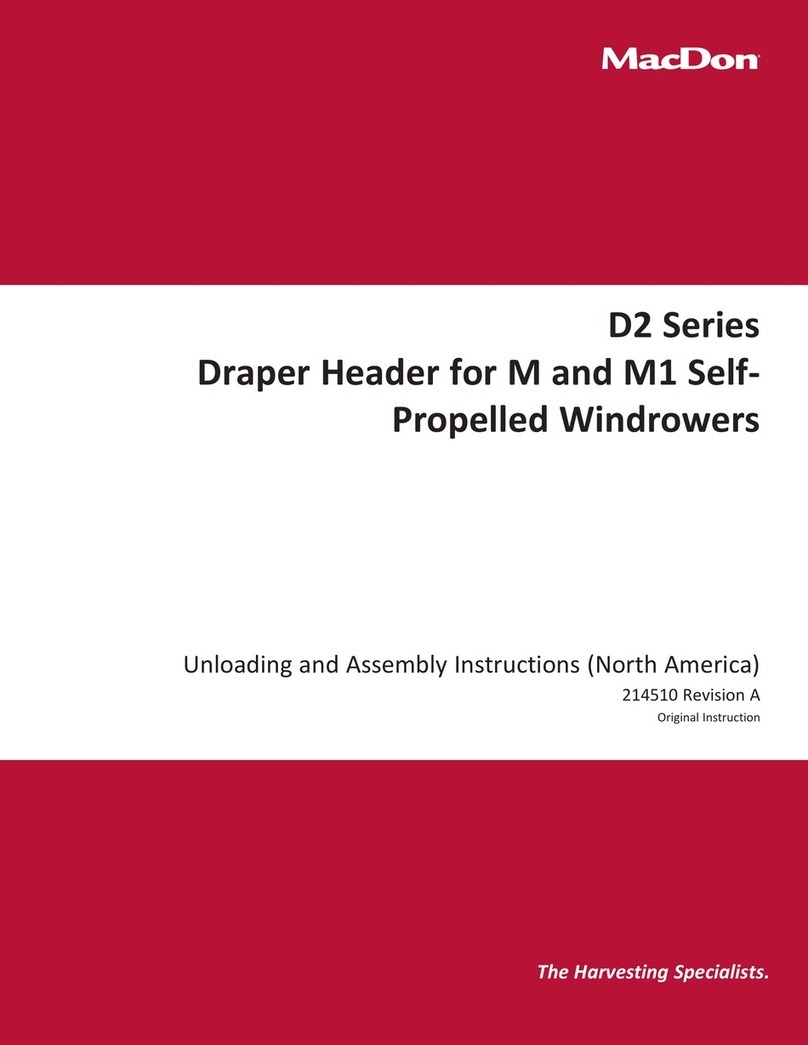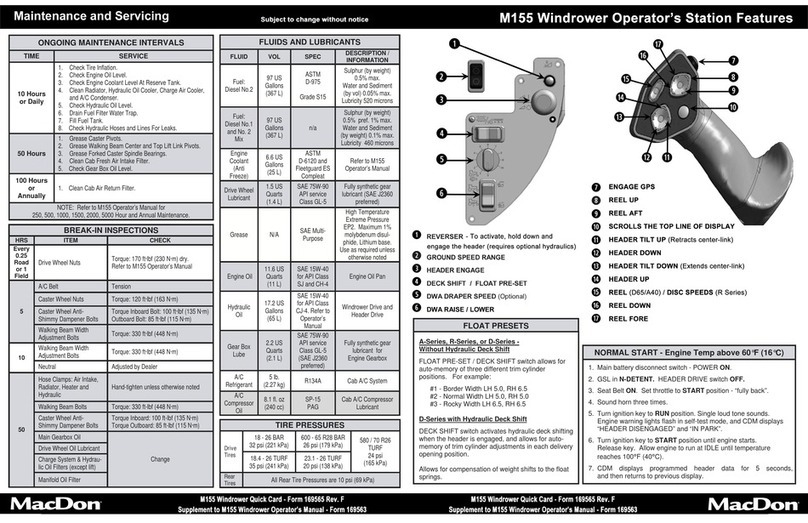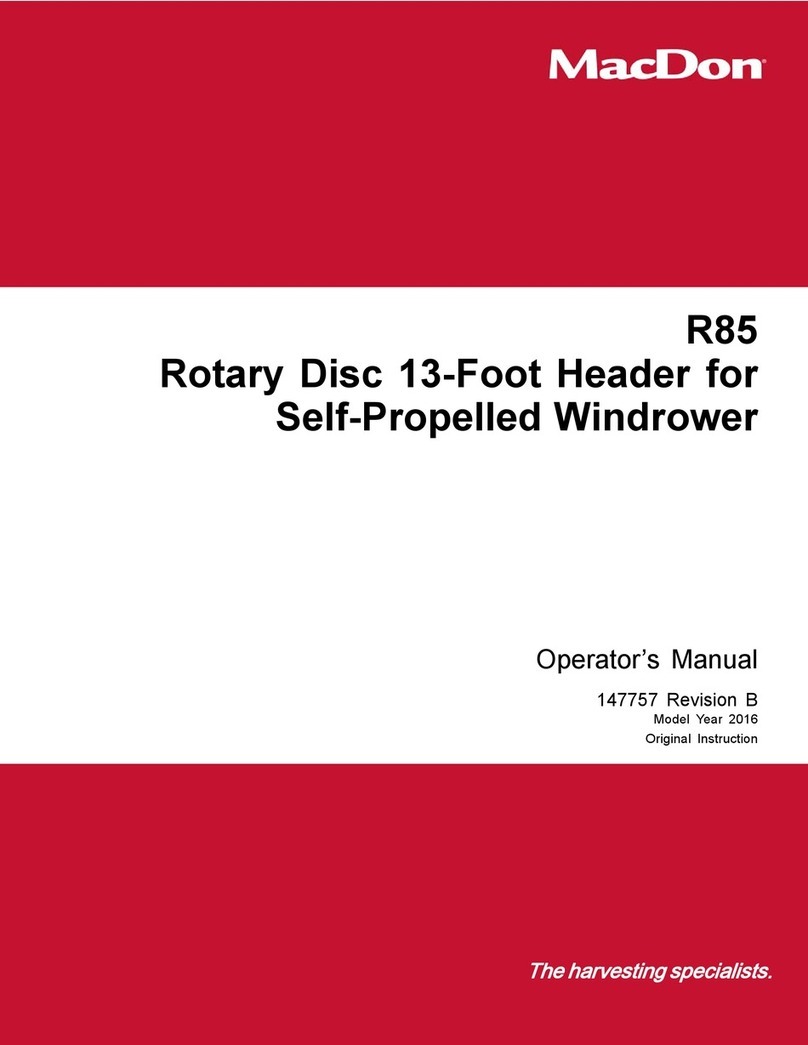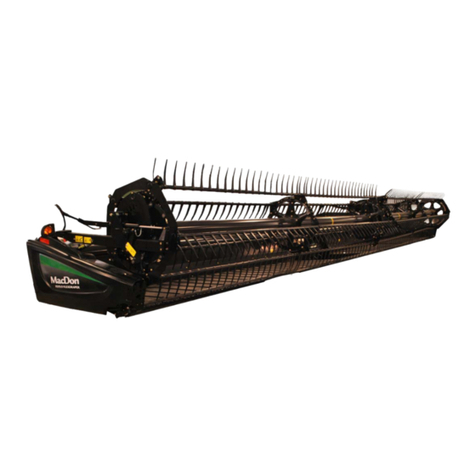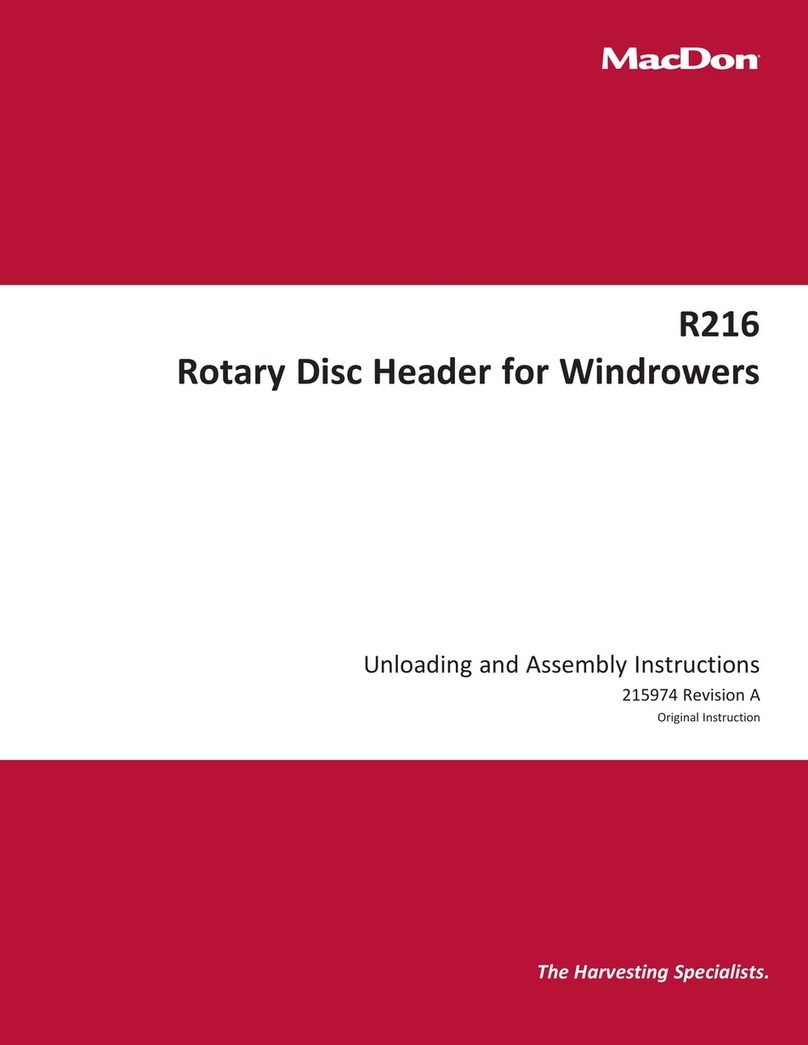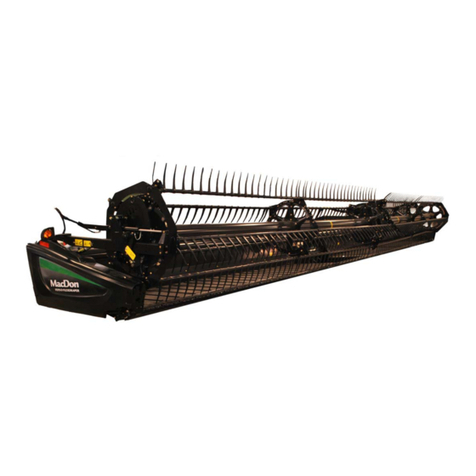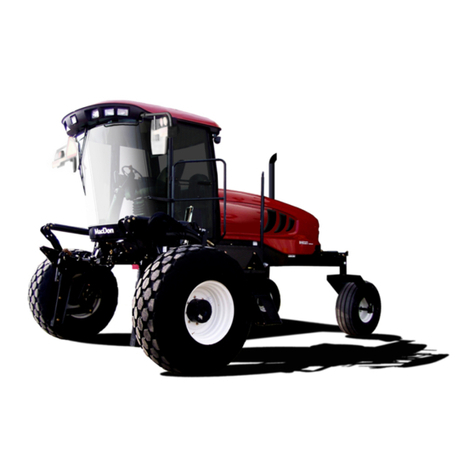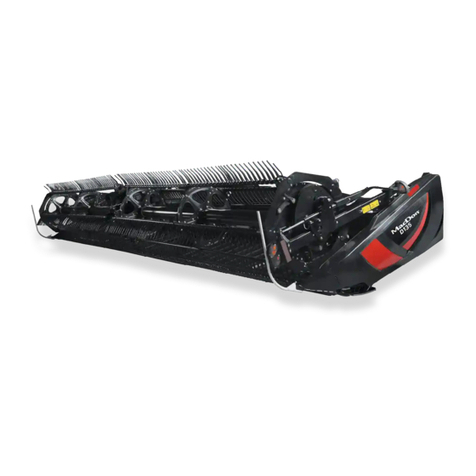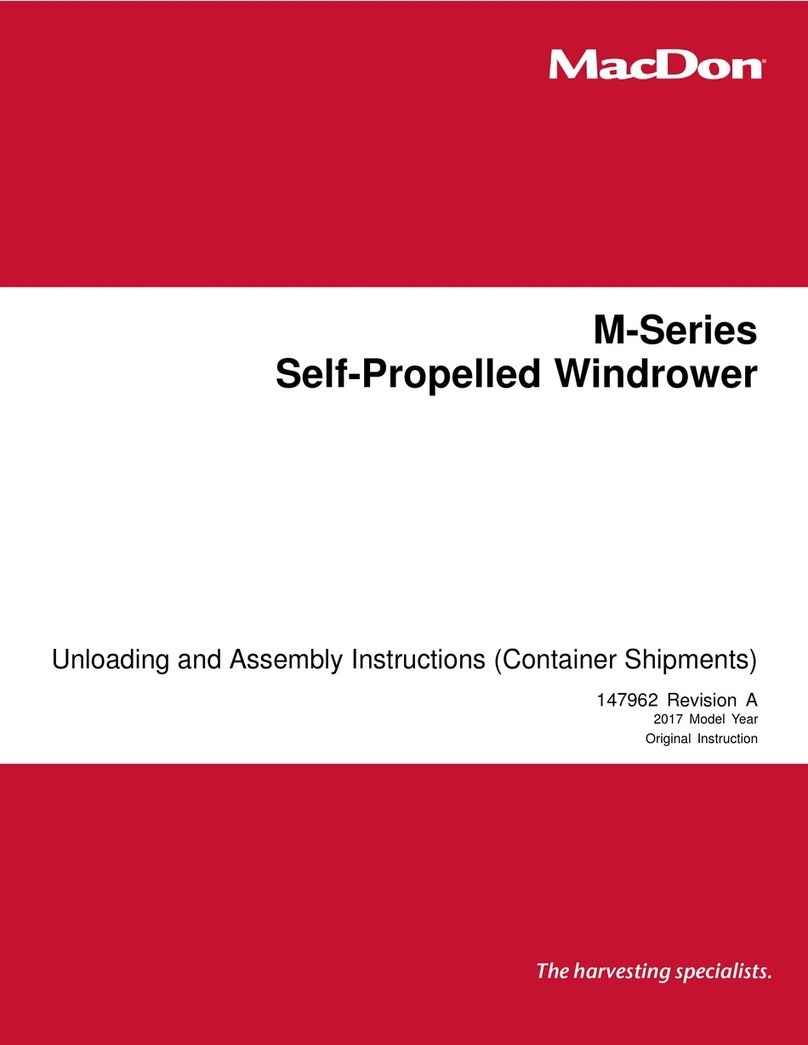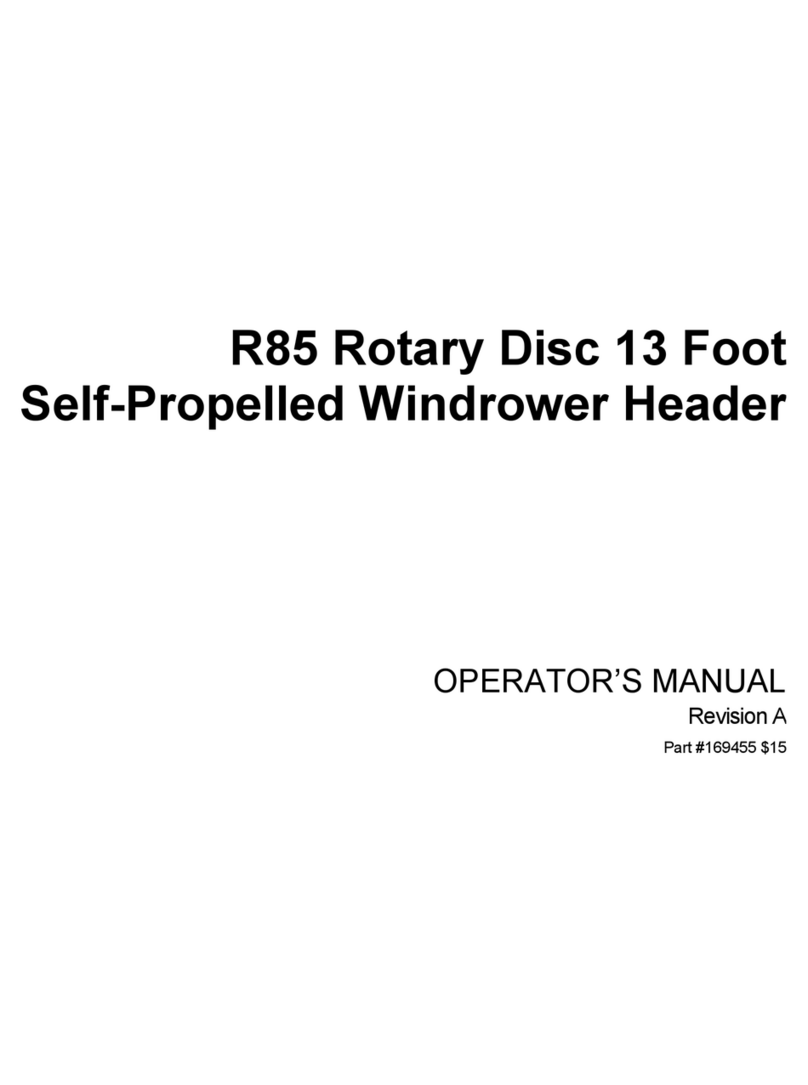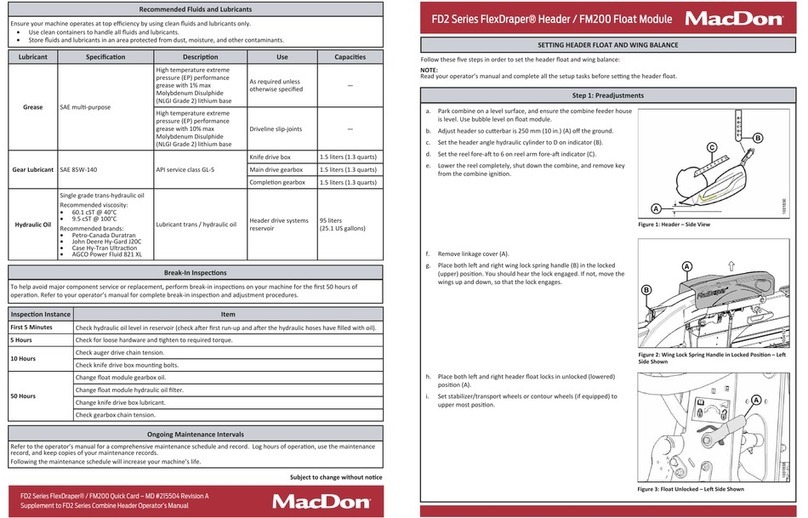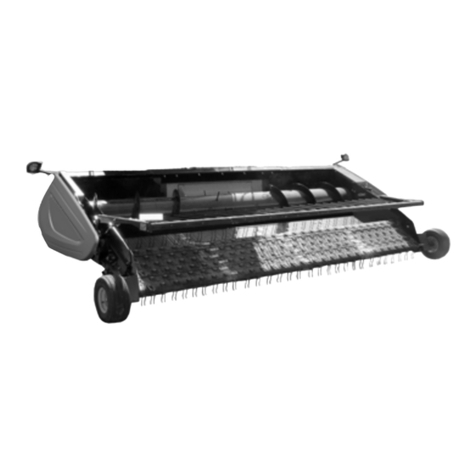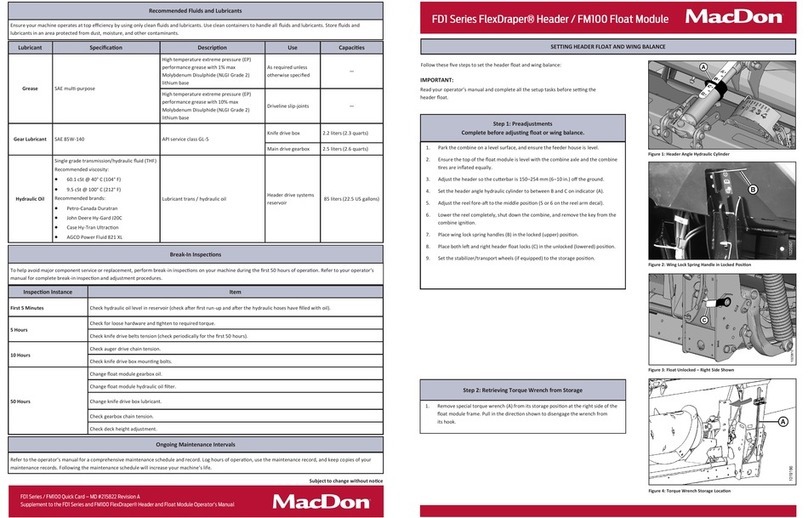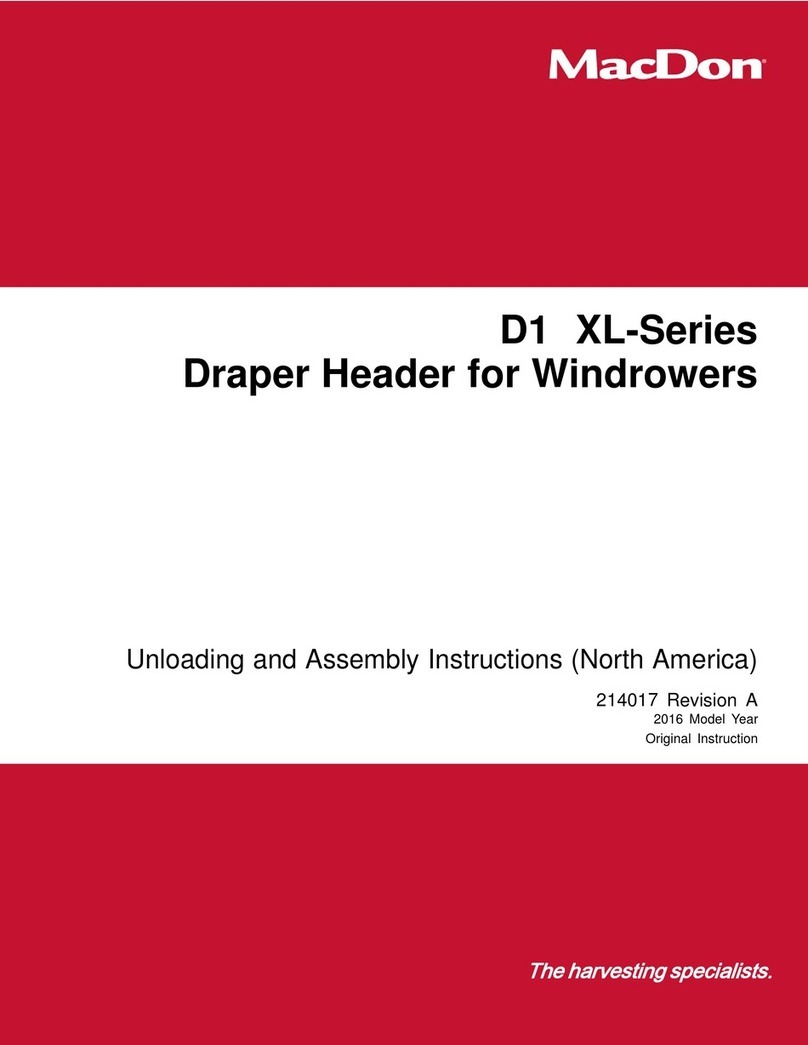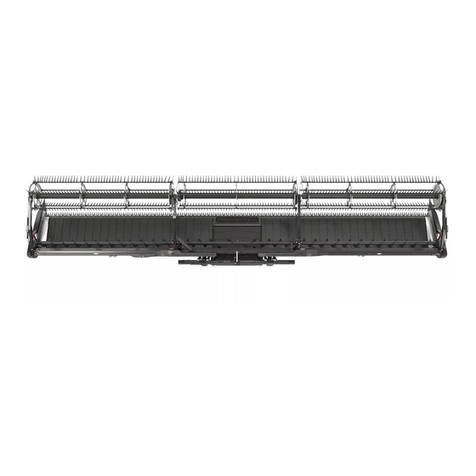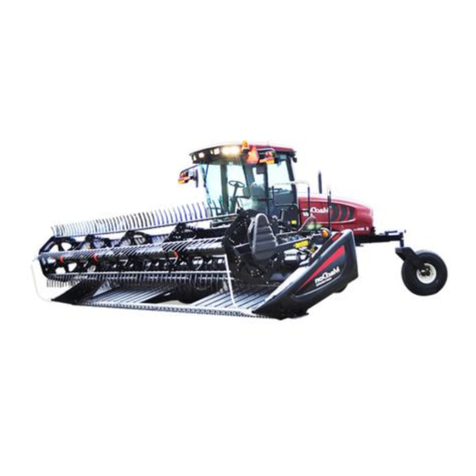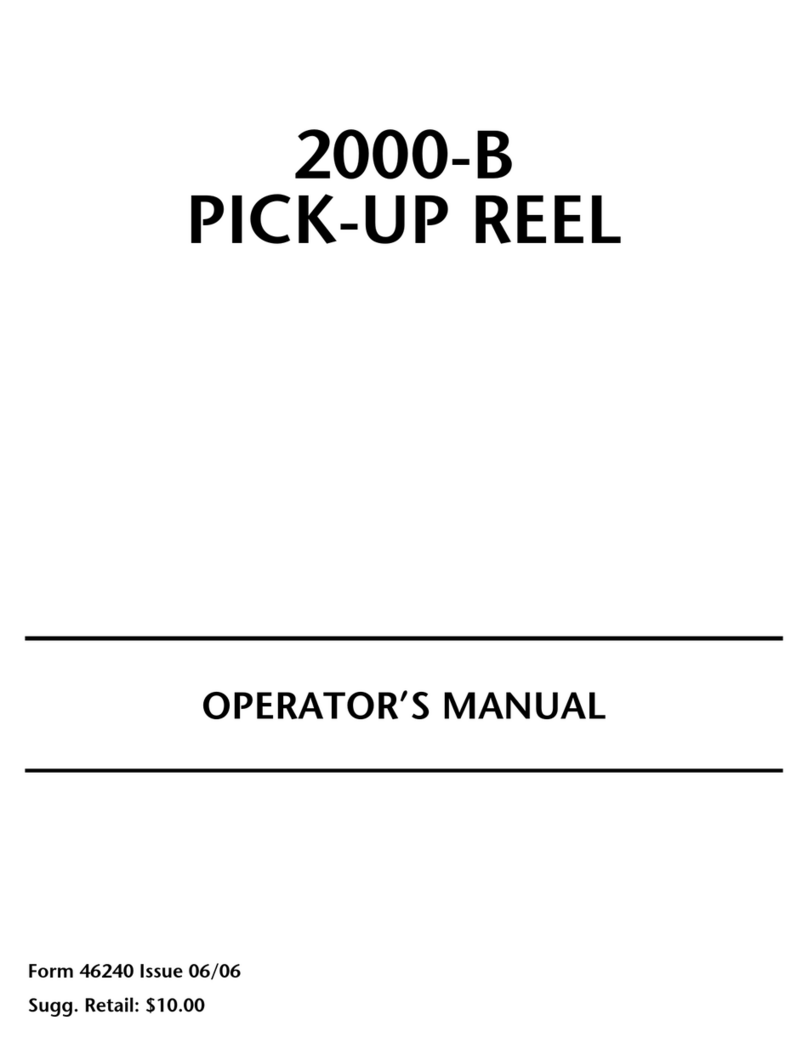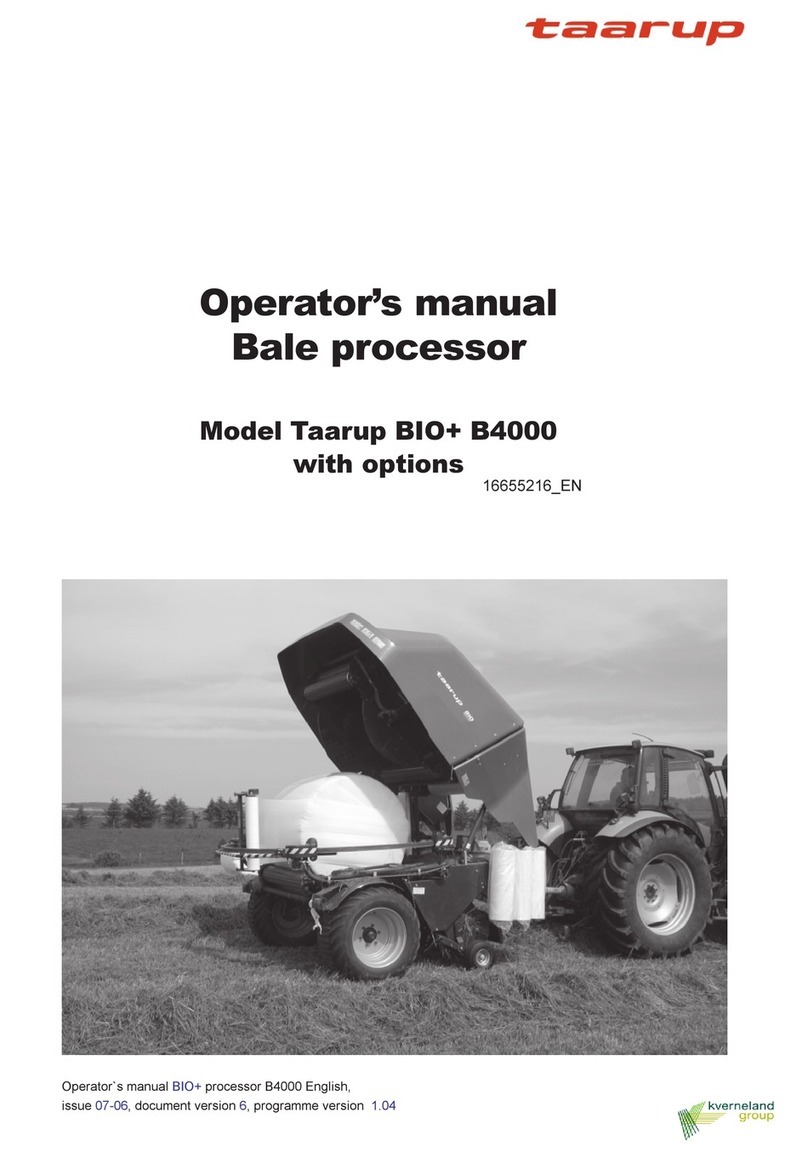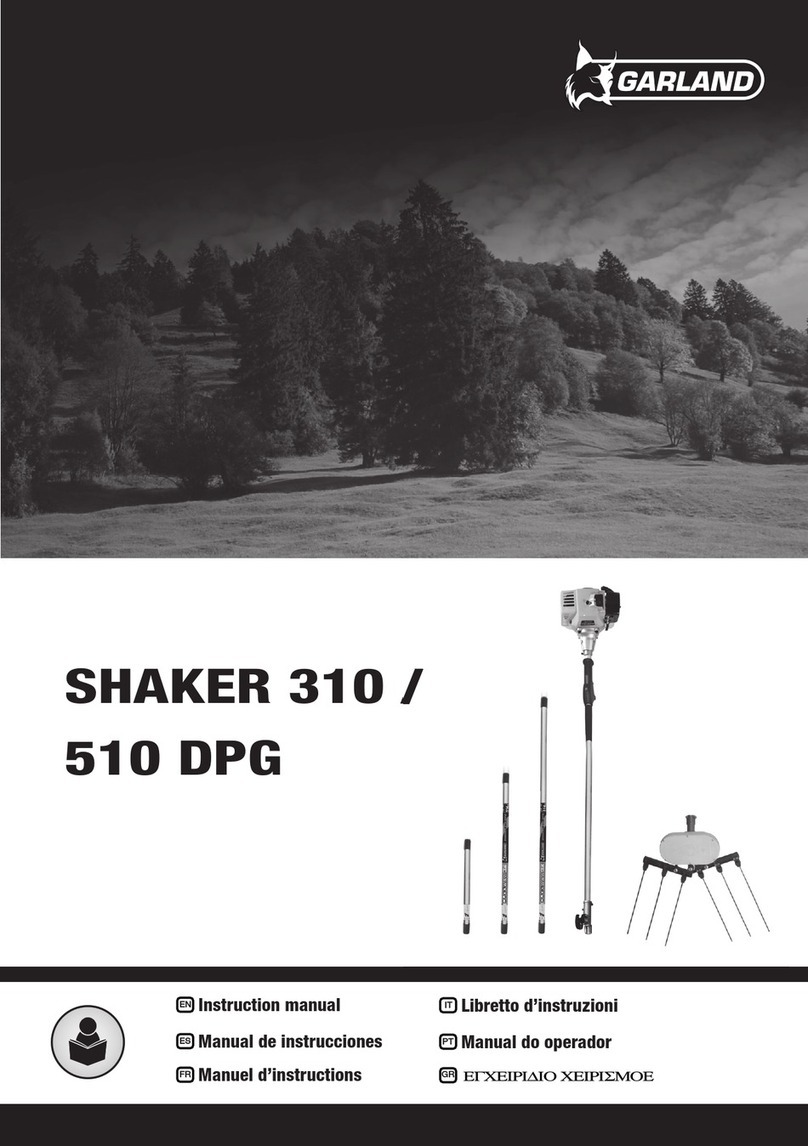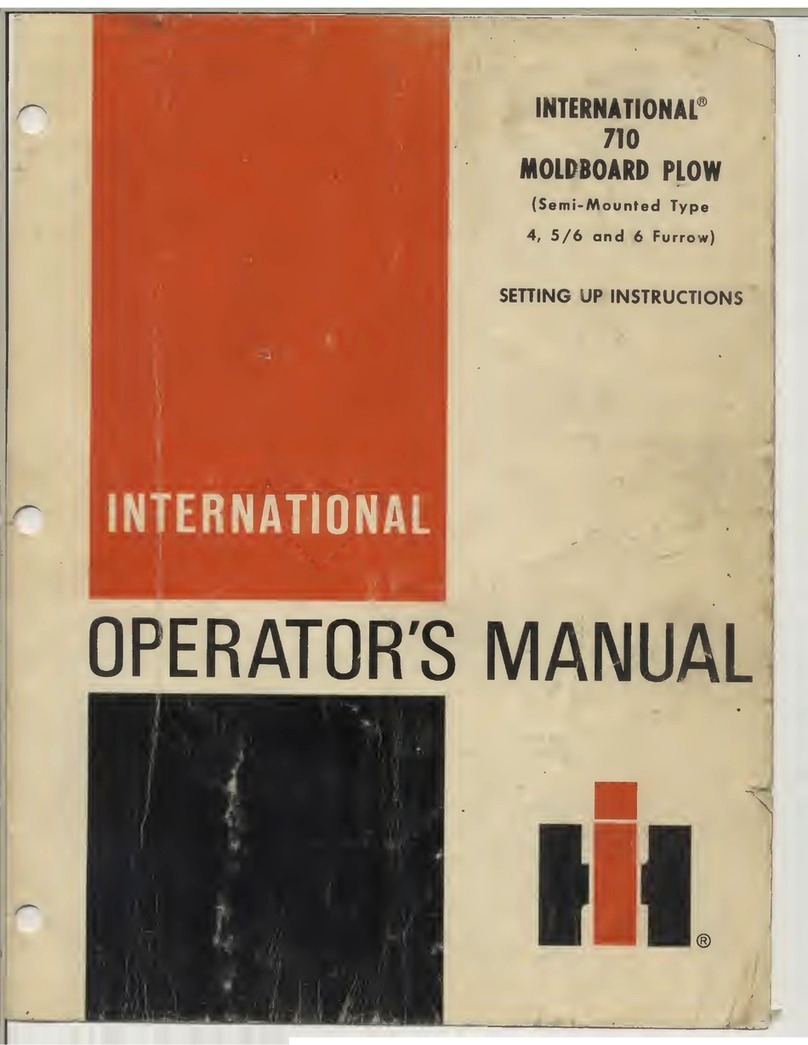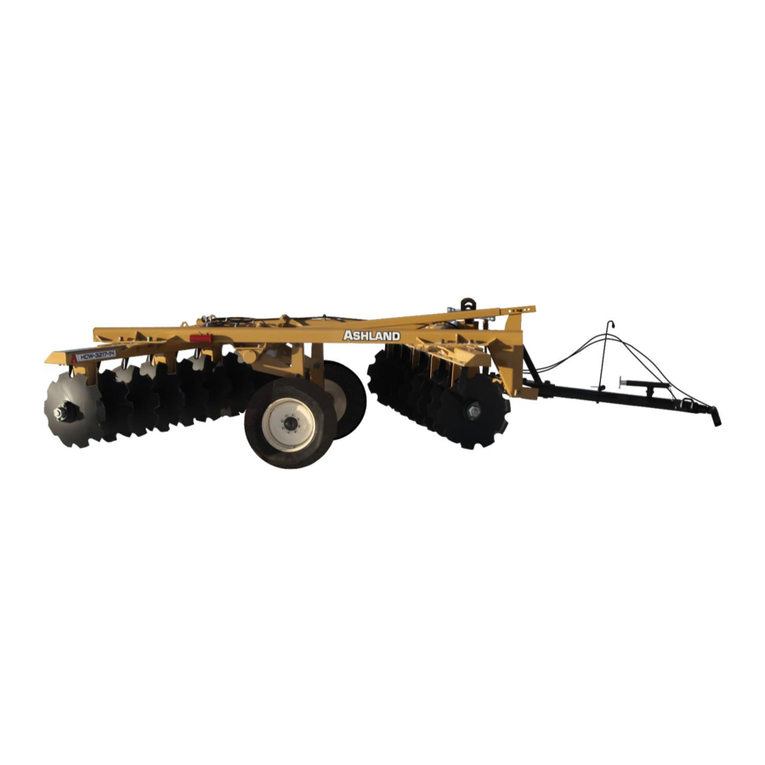
TABLE OF CONTENTS
Introduction...................................................................................................................................... i
1 Safety.................................................................................................................................................... 1
1.1 Signal Words................................................................................................................................... 1
1.2 General Safety ................................................................................................................................ 2
1.3 Battery Safety.................................................................................................................................. 4
1.4 Safety Signs.................................................................................................................................... 5
2 Unloading the Windrower...................................................................................................................... 7
2.1 Using One Forklift to Unload Windrower............................................................................................7
3 Assembling the Windrower................................................................................................................... 9
3.1 Repositioning Right Leg................................................................................................................... 9
3.2 Installing Drive Wheels....................................................................................................................11
3.3 Installing Caster Wheels................................................................................................................. 12
3.4 Repositioning Walking Beam and Installing Caster Wheel Shocks..................................................... 13
3.5 Lowering Steps.............................................................................................................................. 16
3.6 Installing Windshield Access Step................................................................................................... 17
3.7 Positioning Mirror Arms.................................................................................................................. 18
3.8 Installing Slow Moving Vehicle (SMV) Signs .................................................................................... 19
3.9 Replacing Speed Identification Symbol (SIS) Decal (US Only).......................................................... 20
3.10 Installing Rear Ballast Package ...................................................................................................... 21
3.11 Lubricating the Windrower.............................................................................................................. 25
3.11.1 Lubrication Procedure ............................................................................................................ 25
3.11.2 Lubrication Points................................................................................................................... 25
3.12 Connecting Batteries...................................................................................................................... 26
3.13 Starting the Engine........................................................................................................................ 28
4 Attaching Headers to M1 Series Windrower........................................................................................ 31
4.1 A40 D Auger Header...................................................................................................................... 31
4.1.1 Attaching an A40 D Auger Header........................................................................................... 31
4.1.2 Connecting A40 D Hydraulics.................................................................................................. 36
4.1.3 Detaching an A40 D Auger Header.......................................................................................... 38
4.2 D1X or D1XL Series Header........................................................................................................... 43
4.2.1 Attaching Draper Header Supports.......................................................................................... 43
4.2.2 Attaching a D1X or D1XL Series Header.................................................................................. 43
4.2.3 Connecting D1X or D1XL Series Hydraulics............................................................................. 49
4.2.4 Detaching a D1X or D1XL Series Header................................................................................. 52
4.3 R85 16-Foot Header...................................................................................................................... 57
4.3.1 Attaching an R85 16-Foot Header........................................................................................... 57
4.3.2 Connecting R85 16-Foot Header Hydraulics ............................................................................ 63
4.3.3 Detaching R85 16-Foot Header............................................................................................... 65
5 Performing Predelivery Checks........................................................................................................... 69
5.1 Completing Predelivery Checklist.................................................................................................... 69
5.1.1 Recording Serial Numbers...................................................................................................... 69
5.1.2 Checking and Adding Wheel Drive Lubricant Level................................................................... 70
5.1.3 Checking Tire Pressures......................................................................................................... 70
5.1.4 Checking Engine Air Intake..................................................................................................... 72
5.1.5 Checking Engine Oil Level...................................................................................................... 72
5.1.6 Checking and Adding Hydraulic Oil.......................................................................................... 73
5.1.7 Checking Fuel Separator........................................................................................................ 74
5.1.8 Checking Engine Coolant Level............................................................................................... 74
5.1.9 Checking Engine Gearbox Lubricant Level and Adding Lubricant.............................................. 76
5.1.10 Checking Air Conditioning (A/C) Compressor Belts................................................................... 76
5.1.11 Checking Operating Safety System......................................................................................... 76
5.2 Performing Operational Checks...................................................................................................... 78
5.2.1 Checking Harvest Performance Display (HPT)......................................................................... 78
214056 iii Revision A
